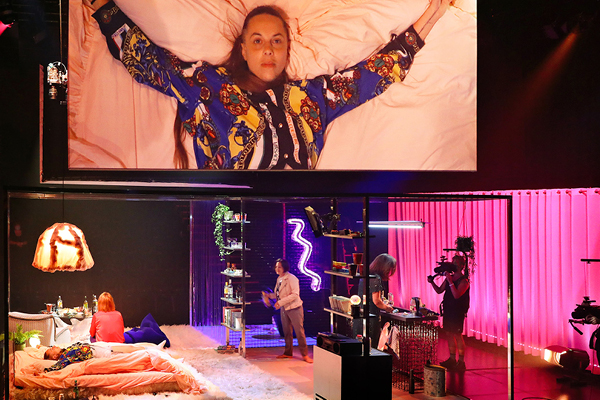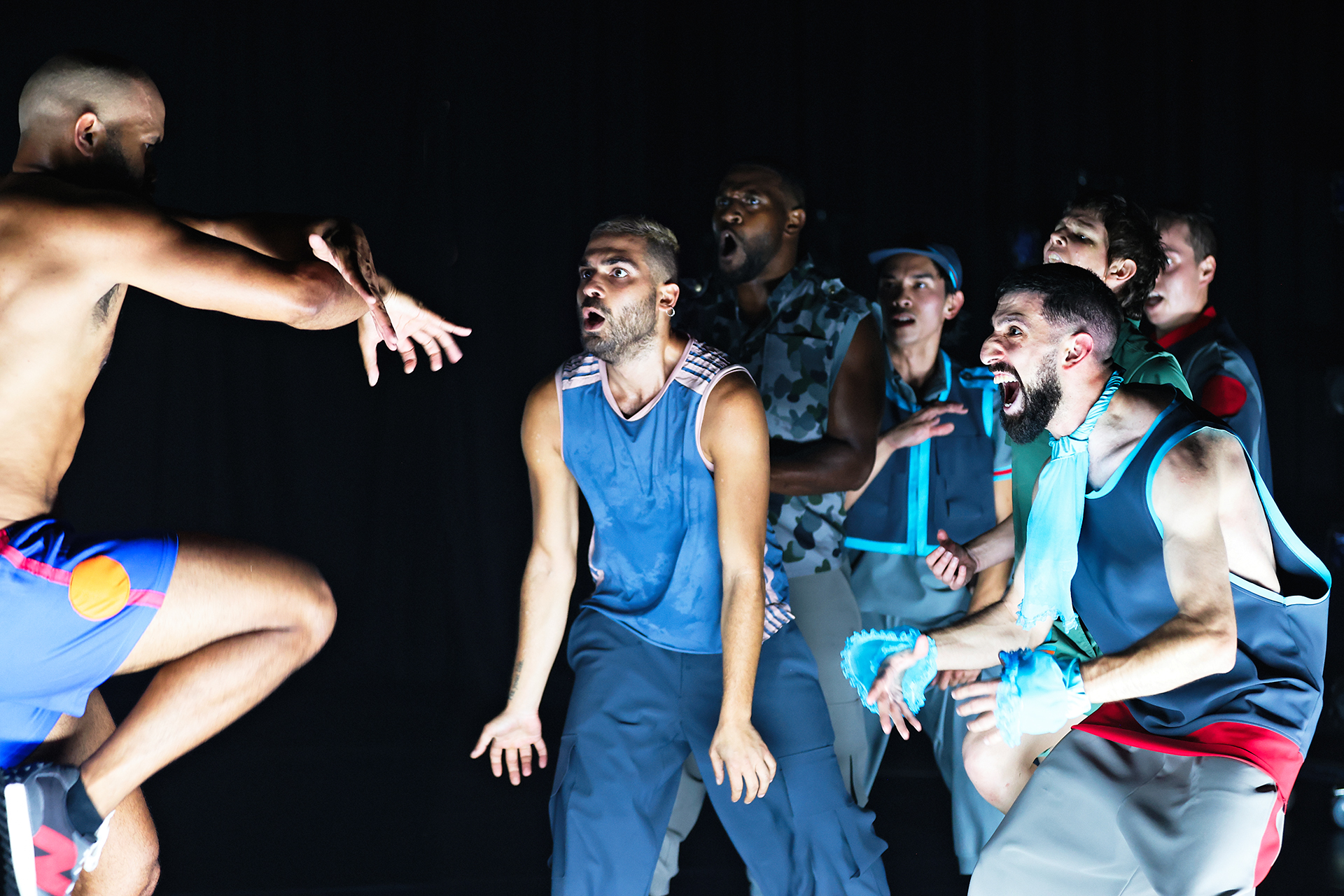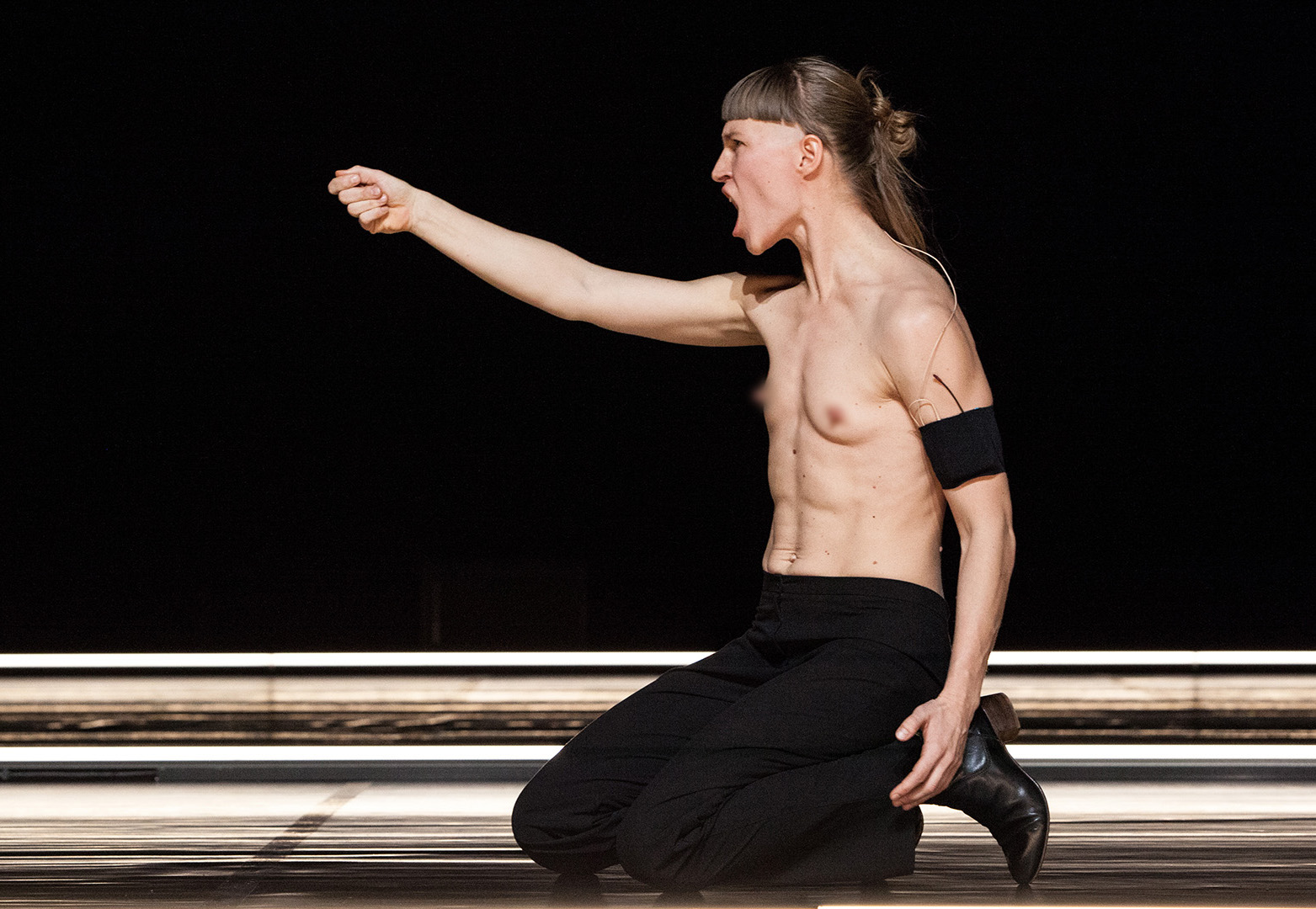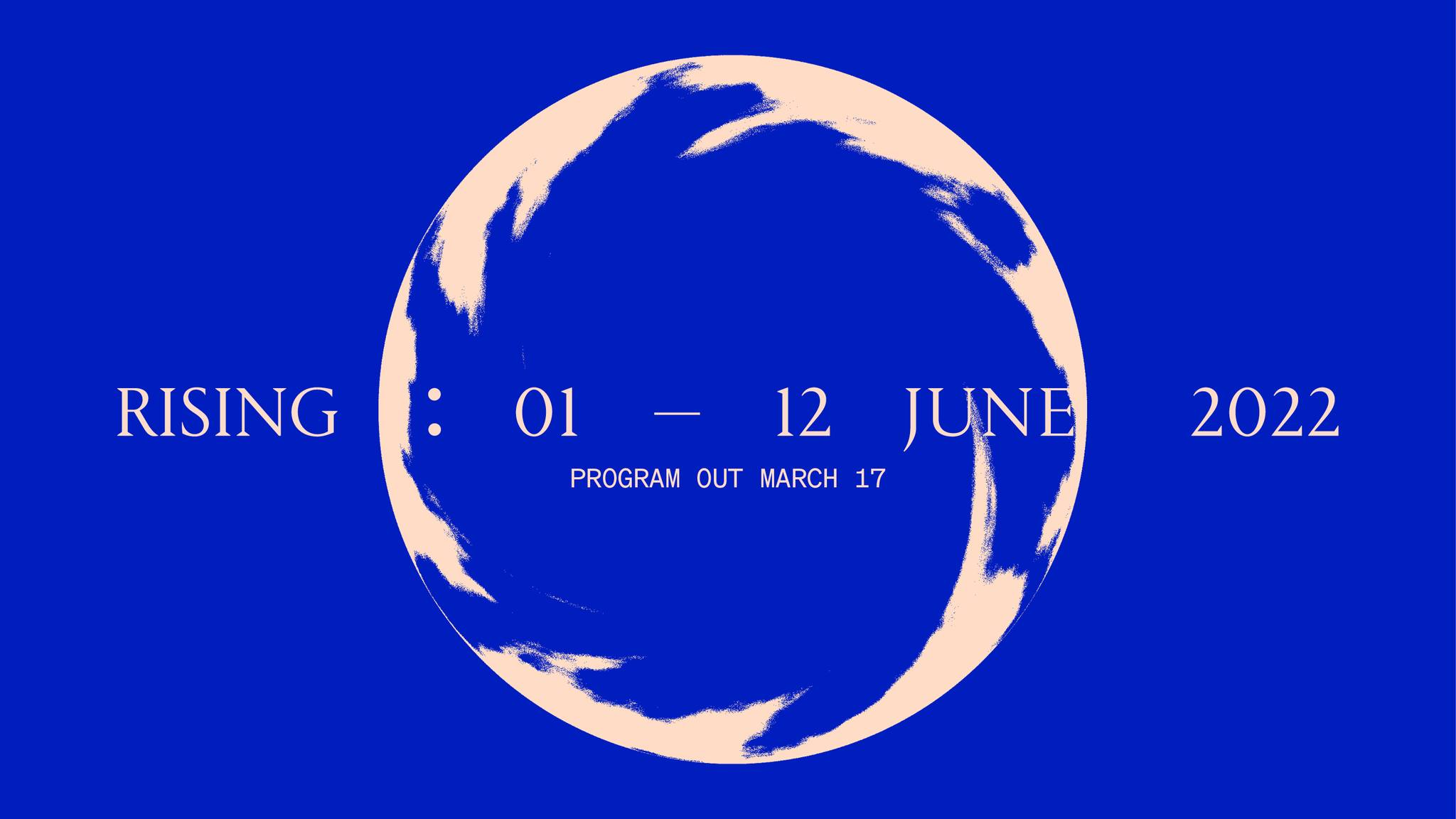Q&A with Anna Breckon and Nat Randall
Learn more about Set Piece
We’ve been dying to share this epic feat of theatre and live film with you. Set Piece is a stunning work that tears up and reconfigures entire art forms, genres and narratives as it queers to breaking point the Australian middle class play. It’s sophisticated, funny and really, really sexy, and people will be talking about it for years.
Read on for an insight into how Nat Randall and Anna Breckon developed Set Piece.
Describe the premise of Who’s Afraid of Virginia Woolf. What was it about this story that sparked your interest?
We were looking at theatrical texts that explore the couple form as a starting point for thinking about contemporary homosexual coupledom and homosexual inter-generationality. Who’s Afraid of Virginia Woolf is an example of a culturally esteemed text that explores heterosexual intergenerational coupledom. It seemed to provide a point of contrast to the ideas that we wanted to explore which is around what kinds of relations that are available for queer people. Who’s Afraid of Virginia Woolf presents a kind of toxic heterosexuality and a critique of the institution of marriage. But in the end the toxicity seems to land on the fact that the couple did not have a child. Whether this is ironic or not, or whether it was put in there to satisfy hetero audiences in the case of Albee’s play, we don’t know. However, it is a repeated trope across the genre of the “marriage drama” where the burden of the failure of a hetero couple falls on the absence of reproduction. So we were interested in taking this famous play, as an example of this genre, as a very loose basis to think more optimistically about the possibilities of long term intimacy that is not structured by reproduction.
Run us through the show’s characters. What do their respective personalities represent?
There are four characters in Set Piece, four queer women. Each character sort of comes out of a lesbian archetype. The characters operate at the intersection of fantasy and realism. They are types that come out of lesbian fantasy but are modified through nuanced naturalistic performance and placed in real time in an ordinary domestic setting. We didn’t want to make a show that was utopian so none of the characters are straightforward ideals, but are instead compromised subjects working to connect with each other. We wanted the feeling of the show to not be simple but to approximate moments of pleasure and good feeling that come out of real experience, moments without the edges removed. Some parts of this text belong more forcefully to the realm of fantasy while in other parts the feelings come from the lived world.
Tell us about the set design.
The set was designed by Genevieve Murray from Future Method Studio. For Set Piece she has designed a kind of abstraction of an apartment. The dimensions of the set are based on the minimal dimensions of an apartment set by the Building Code of Australia (BCA). So what we’re dealing with is a small space in which the interactions of our four characters take place. The set is lush and filled with textual elements that visually conjure the desire to touch. The objects in the space are eclectic, sexy, odd, designer and handmade. These treasures, as a collection, defy conventional ideas of quality and value. This is a show about taste hierarchies and the ways in which people align themselves with objects and ideas to shape their identity. The set is designed for an audience in traverse. This means that the audience is able to experience each other looking, working potentially to heighten feelings of voyeurism and intimacy.
Why did you choose to combine film and theatre in the one work?
We’ve been working across film and theatre for the last 6 years, exploring how these forms can impact each other. We are interested in thinking about how film can affect or be part of theatre, to engage film techniques in a way that is integral to the show’s structure, feeling and meaning. Theatre provides proximity and intimacy to a performer as they are in the same space as the audience. In film obviously the performer is not in the same physical space as the viewer, however, the camera can offer proximity to the performer in a way that we can never access in real life. By this we mean the close-up is a perspective in film that is not physically possible – we can’t get our faces that close to someone without losing focus with our eyes. We have brought together these two techniques of intimacy and proximity.
Tell us about how those technologies interact during the performance. What challenges did that approach present?
Some of the main challenges between film and theatre are spatial orientation, transitions and the level of performance. Working with film in the theatre is very difficult because in film you can move lights around from shot to shot, retake and edit. In theatre, the entire lighting for the film component, shot list, choreography of performers in relation to the camera, choreography of camera operators in relation to the actors and sound edits need to happen in the live moment and be planned in advance. It’s an incredibly technical work, however, we have worked to conceal the extent to which it is so.
Tell us about the different texts you drew from for the script. What are some sources and how did you combine them?
For the script we drew from a range of different lesbian texts from film, literature, television and one of the main sources for some of the lines is 1950s lesbian pulp fiction. This creates anachronisms across the show. We combined these lines together to connect particular kinds of relations within the show to the history of represented lesbian intimate dynamics. We also did an improvisation workshop at Arts House with a group of amazing queer performers. Some of the script came from those improvisations. We’ve also drawn on recordings from dinner parties and parties with queer friends and community.
Set Piece
Presented by Arts House and RISING
Fri 10 – Sun 12 Jun, 2022
Fri, 7pm
Sat – Sun, 2pm & 7pm
General Admission $50
Concession $45
BLAKTIX $25
A small transaction fee will be charged per order.
Image Credit: Prudence Upton



